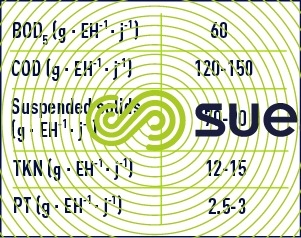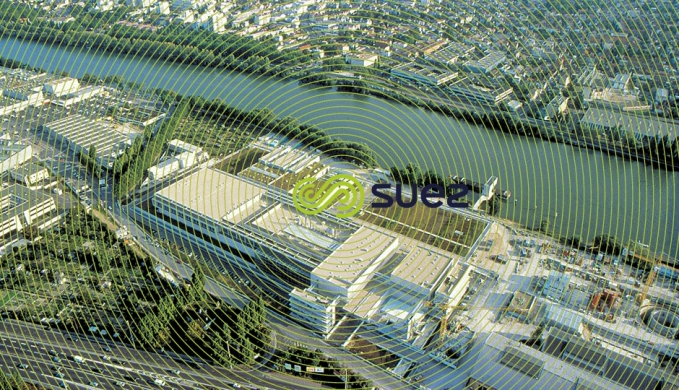wastewater source and collection mode
Reading time:Sewerage extends to the collection, transport and processing of urban effluent.
Urban effluent consists of:
- waste water;
- stormwater or more specifically "excess water occuring during rainfall";
- spurious water, ground water that penetrates into networks that are not sealed.
Urban wastewater ( UWW ) mainly comes from households ("sluice" water, "grey" water); however a certain proportion comes from industrial sources (varying widely depending on the urban centre).
In France, at least, industrial establishments that discharge pollution in proportionally excess amounts or pollution that requires specific processing have their individual purification systems. Depending on the level of this treatment, the industrial effluent then returns to the receiving medium or into the UWW collection and treatment system. A standard will often define pollution and its acceptable limit concentration for the network as illustrated by the French CCTG [General Technical Specifications] table (booklet 81 title II). Refer to table 30 in the section stimated water pollution during dry weather.
Conventionally, daily industrial pollution and volumes are often expressed as population equivalent (p.e.) being the average amounts discharged per inhabitant into the household wastewater system (table 28: Population equivalent figures (p.e.)).
Both main collection systems used in sewerage are continuous operation systems:
- the combined system that collects wastewater and stormwater into the same pipelines;
- the separate sewage system that has two different pipeline systems, one for storm water and of a size comparable to the systems used for the combined system and another for wastewater proper, which is somewhat smaller.
Originally, all sewerage systems were of the combined type; separate sewage systems are a more recent development (post 1970). Consequently, the collection systems found in urban centres are rarely totally homogenous.
A pseudoseparate system is a separate system through which all roof and courtyard water is routed to the wastewater network.
In order to prevent them from overflowing, combined networks are equipped with storm overflows, resulting in a proportion of the flow being discharged direct into a river during a rainfall episode. Thus, only a more or less large proportion of the pollution stream will reach the water treatment plant. Discharging pollution into a river during rainfalls and the poor self-cleaning of pipelines during dry weather, constitute the two main drawbacks affecting combined systems.



It is easier to check that these systems have been properly constructed if we bear in mind that one of the essential features of a network is that it must be water tight and not allow sites or water tables (leaks) to be polluted, nor penetrated by spurious water originating in the water table or in surface water.
Whenever possible, effluent must be transported by gravity; however, topographical conditions frequently require the setting up of intermediate lifting stations which can precede pressurised mains of significant length.



We also need to be aware of two sewerage systems that do not use collective pipelines:
- Individual or grouped sewerage schemes applied to a single dwelling or to several, very close, dwellings, often termed self-contained drainage system. Household wastewater is delivered direct into a purification arrangement that usually "discharges" straight into the soil (most frequently a septic tank and an underground soakaway – figure 20);
- The drainage waste is collected and taken away in a tanker for processing at a centralised plant. This sewerage system consists in storing the most concentrated effluent in sealed pits at each dwelling. The contents of these pits are regularly removed as "tonnes of night soil" to a centralised processing station. This sewerage system is still used in some regions where old dwellings and the problem of creating mains systems in densely populated areas make mains collection systems difficult to construct. This system is sometimes applied to the product generated by septic tank cleaning. In Asian countries, this type of night soil collection and treatment system remains very widespread.



Bookmark tool
Click on the bookmark tool, highlight the last read paragraph to continue your reading later












